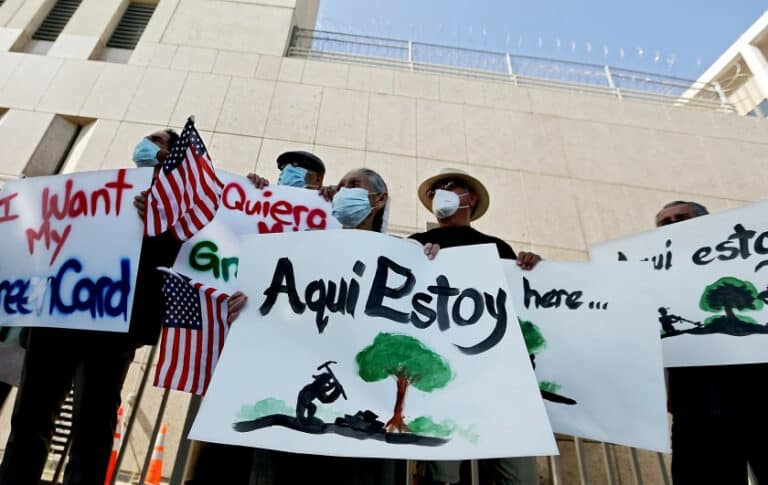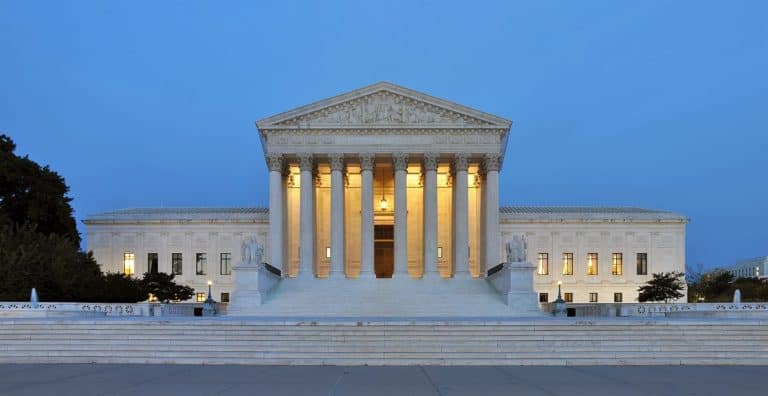The U.S. Bureau of Labor Statistics released figures showing that the national rate of union membership held steady in 2015. According to the Wall Street Journal, “[t]he share of U.S. workers in unions . . . was unchanged at 11.1%.” This percentage translates into roughly 14.8 million workers who were union members. Membership rates were higher among men, African Americans, and those in the public sector. In terms of states, New York, Alaska, and Hawaii boasted the highest membership rates (each at approximately 20 percent), while North and South Carolina came in with the lowest rates, at 3 and 2.1 percent respectively. Although the national membership rate held steady against last year, it has declined drastically since 1983, the first year that the Bureau kept comparable data. Indeed, in 1983, the national rate was 20.1 percent, with 17.7 million union workers. The Journal attributed the stagnant membership rate to anti-union policies in states like Wisconsin, which has “all but stripped most public-sector workers of collective-bargaining rights.” It also cited the U.S. Supreme Court’s upcoming decision in Friedrichs as yet another potential blow that could “weaken government unions across the country.”
An investigative video from the New York Times reveals that female prison officers around the country face threats of workplace sexual harassment, not from inmates but from male colleagues and supervisors. The short documentary, Code of Silence, features the testimony of four female officers at Little Sandy Correctional Complex in Kentucky. They allege that they were repeatedly sexually harassed by one male supervisor, Stephen Harper, and faced retaliation upon reporting his behavior. In May 2013, when three of the four women first lodged formal accusations, the prison’s warden assigned an inexperienced HR employee to carry out an internal investigation. The investigator quickly dismissed the officers’ accusations as “unsubstantiated” and concluded that Harper had been “falsely accused.” Sexual harassment and retaliation from colleagues are not issues unique to the Little Sandy officers. The documentary highlights the issues’ magnitude, reporting that dozens of female prison officers, in almost every state, have brought lawsuits alleging sexual harassment from fellow officers.
The Harvard Business Review featured a recent Amnesty International report analyzing why global companies—including Apple, Samsung, Microsoft, Volkswagen, and Daimler AG—remain “blind” to cases of child labor among their suppliers. The report argues that the same impulse that drives individual consumers to remain willfully ignorant about products’ ethical information is at play at the company level. Apple and Microsoft maintain that they are “unable to verify” the use of child labor among their suppliers when diligent investigation would actually yield information. They choose to forego such diligence, however: “Leaders may unconsciously choose to ignore ethical information about their supply chains in order to avoid potentially costly consequences, such as having to launch internal investigations.”
Approximately 30 percent of Massachusetts Bay Transportation Authority employees earned over $100,000 in 2015, according to the Boston Globe. The highest paid employee, a maintenance worker, took home over $300,000. MBTA officials cited overtime pay as the primary driver of this compensation rate and announced policies to reduce high rates of worker absenteeism in 2016. “[A]bsenteeism drove up costs because workers were scheduled to work overtime hours to cover for their absent colleagues,” reported the Globe. Other unique factors—including last winter’s record-breaking snowfall and three to five years of retroactive wages paid to members of four unions—also contributed to 2015’s high pay levels.






Daily News & Commentary
Start your day with our roundup of the latest labor developments. See all
June 30
Antidiscrimination scholars question McDonnell Douglas, George Washington University Hospital bargained in bad faith, and NY regulators defend LPA dispensary law.
June 29
In today’s news and commentary, Trump v. CASA restricts nationwide injunctions, a preliminary injunction continues to stop DOL from shutting down Job Corps, and the minimum wage is set to rise in multiple cities and states. On Friday, the Supreme Court held in Trump v. CASA that universal injunctions “likely exceed the equitable authority that […]
June 27
Labor's role in Zohran Mamdani's victory; DHS funding amendment aims to expand guest worker programs; COSELL submission deadline rapidly approaching
June 26
A district judge issues a preliminary injunction blocking agencies from implementing Trump’s executive order eliminating collective bargaining for federal workers; workers organize for the reinstatement of two doctors who were put on administrative leave after union activity; and Lamont vetoes unemployment benefits for striking workers.
June 25
Some circuits show less deference to NLRB; 3d Cir. affirms return to broader concerted activity definition; changes to federal workforce excluded from One Big Beautiful Bill.
June 24
In today’s news and commentary, the DOL proposes new wage and hour rules, Ford warns of EV battery manufacturing trouble, and California reaches an agreement to delay an in-person work mandate for state employees. The Trump Administration’s Department of Labor has advanced a series of proposals to update federal wage and hour rules. First, the […]